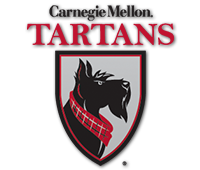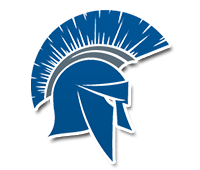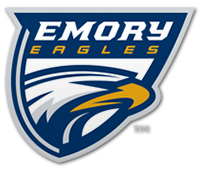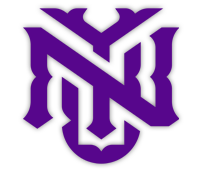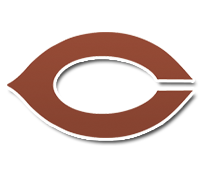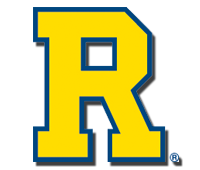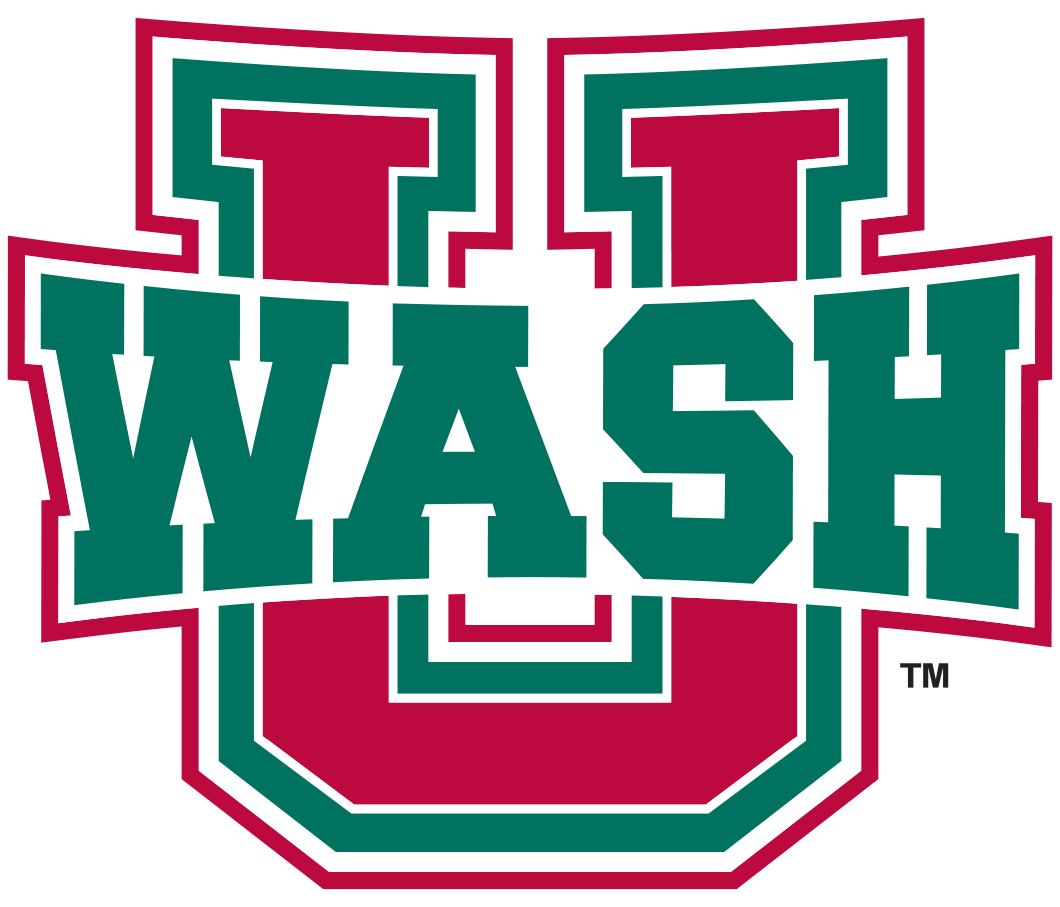
By Stan Becton, Carnegie Mellon University Student-Athlete
The entire season has come down to one finger. The starting quarterback dislocated his finger in what is currently the biggest game of his career, a Pennsylvania high school playoff game, and everyone in the stadium knows he’ll have to throw the ball to win. The timeout is dwindling and the starting quarterback places the game in the hands of one person, Athletic Trainer Adam Hindes.
----
You may now know Hindes as the Head Athletic Trainer and Coordinator of Sports Medicine at Carnegie Mellon University, a position he’s held for the last ten years. How did he go from the sidelines of a high school playoff game to playing a critical role in the success of numerous teams at this Division III University?
A Pittsburgh native, Hindes never thought growing up that he would be in a medical field, instead thinking of other career paths like engineering or business. It wasn’t until he was approached by a member of his church who was an athletic trainer at Geneva College that athletic training became an option.
“I was into sports and didn’t want a 9-5 office job,” said Hindes. “Since I knew a person that was in athletic training, I started looking into it and it sounded like a very interesting and rewarding position to get into.”
Athletic training became Hindes’ career of choice. He attended the University of Pittsburgh, graduating in 1996 with a bachelor’s degree in health, physical and recreation education and athletic training. He then received his master’s degree in physical education and athletic training from Ohio University in 1997. Following his studies, Hindes entered the high school ranks working at Leesburg High School for a couple of years before moving to Highlands High School, where he would serve as the athletic trainer and strength and conditioning coordinator for about five years. When his next opportunity came, it was with University of Pittsburgh Medical Center (UPMC) where he worked with the Pittsburgh Steelers and was the Head Athletic Trainer at La Roche College. After a few years at UPMC, Hindes left the Pittsburgh area and worked with the DEA in Washington, D.C., and at an Ohio high school before returning to the area to work at Carnegie Mellon in 2010.
As with any job, there are different challenges facing an athletic trainer. For one, they have to deal with constant injuries, some of which can be shocking to see. Yet, while the crowd may turn away from the sight of blood, bone or a ligament facing the wrong direction, Hindes must react differently.
“I’ve seen enough [injuries] that it doesn’t bother me anymore. I don’t think it ever really did,” said Hindes. “When it happens, you don’t really think about it. You just go ahead and do your job and do everything to get the person the help that they need.”
Of course, Hindes is still human and the injuries, depending on how gruesome they are, can be impactful after everything is handled and the adrenaline wears off. Through many experiences, Hindes has been able to maintain his composure and focus in the immediate moment no matter the severity of an injury. He said when he sees an injury happen, a series of questions run through his head as he processes what went wrong: Knee injury? Hip injury? Ankle? Was the head impacted or is the player on their stomach or back?
“You're watching what they are moving, what they’re grabbing for. If they’re moving at all,” Hines said. “I’m trying to figure out as I’m getting there what I’m going to be dealing with. And then once I get there, I just ask them quick questions like ‘What’s going on? What happened?’ Let’s see if they can tell me. Then I try and calm them down and then after that, it’s just figuring out what the next course of action is.”
All of these thoughts to evaluate an injury are in a very short time as Hindes runs out onto the field or court to help the injured player. Once the player is diagnosed with an injury, they then have to go through the rehab process to get better. This takes us to the other aspect of Hindes’ work, the rehabilitation process.
From the student-athlete perspective, the rehab process can be intimidating at its onset.
“When you first start doing rehab, you think to yourself ‘Is this really going to help?’ ” said junior football and track and field athlete Bram Miller. “However, during the rehab process, Adam does a fantastic job of ensuring that you stay on track with rehab and that everything is going well. I’m confident that he’s going to be able to fix anything that’s wrong.”
When more than 100 athletes can come in on any day, it can be a lot to balance all at once for an athletic trainer. This isn’t the case for Hindes, as he’s “used to working with a large number of athletes.” As with anything, there are still challenges because Hindes tries to make sure every athlete gets personalized care.
Yet, Hindes is not alone in the training room, as his fellow athletic training colleagues can help when they are not dealing with athletes of their own. Moreover, Hindes is assisted by student trainers from neighboring universities including Chatham University, Duquesne University and the University of Pittsburgh. Not only do the student trainers help Hindes in the training room, but Hindes teaches them how to take care of the athlete.
“Your teaching [student trainers] how to set people up, how to work with them, do hands-on treatments, so that just gives you other sets of eyes. It helps to be able to tell other people what to do, especially if you trust them. It takes a little bit of time but if you trust them, you can tell them what to do and they can do it the right way,” said Hindes.When reflecting on her experience as a student trainer at Carnegie Mellon, Mackenzie Evans from the University of Pittsburgh had this to say, “The exposure I got at CMU was beneficial not only in teaching me clinical skills, but also professional behaviors.”
Evans was able to use the skills Adam taught her almost every day at her other clinical sites. “Adam also instilled a lot of confidence in my clinical ability by offering me feedback and positive criticism,” continued Evans. “He was constantly teaching me and the other students new evaluation skills and expanding our knowledge foundation. As a first semester junior in athletic training, I was far ahead of my classmates in terms of skills and knowledge because of what Adam taught me.”
The ability to help the next generation of athletic trainers comes from Hindes’ genuine love of working with people. It is this love of working with people that drives and motivates Hindes to come to work each day. He’s always able to adapt to new challenges when working with an athlete.
“You have to be willing to change and accept that the world around you is constantly changing. Coaches and students come and go. New treatments are discovered all the time. Practices are always getting moved or changed due to outside factors. So you can’t be too rigid,” said Hindes.
It’s the adaptability Hindes possesses that allows him to enjoy each problem an injury may present.
“I like problem-solving so a lot of these injuries, a lot of rehabilitation, is figuring out what’s the course of action and what’s the course of treatment,” said Hindes. “It’s more like a puzzle so it makes it challenging and interesting.”
Hindes loves his job at Carnegie Mellon and loves the opportunity to positively impact the lives of student-athletes. The rewards are abundant from his experience.
“Every day you get to work with an excellent group of people that are striving to achieve a high level of success in a competitive conference at a very prestigious university. Being in Pittsburgh, we also have access to some of the best medical professionals and healthcare facilities in the country”, said Hindes. “The students are very motivated, highly intelligent and mature, making everyone very easy to work with."
----
As the quarterback’s finger is being put back in place and stabilized, the head coach is checking in and giving him the next play. After the work on the sidelines was done, Hindes cleared him to go back into the game as the timeout concluded. The very next play, the quarterback, with a dislocated finger on his throwing hand, throws a 45-yard touchdown pass that would be pivotal in the team going forward and winning the game. The team advanced in the playoffs and the quarterback ended up getting a Division I scholarship based on his playoff performance.
“He didn’t even look at it,” Hindes remembers. “He didn’t flinch once. He just knew that I would take care of him.”





